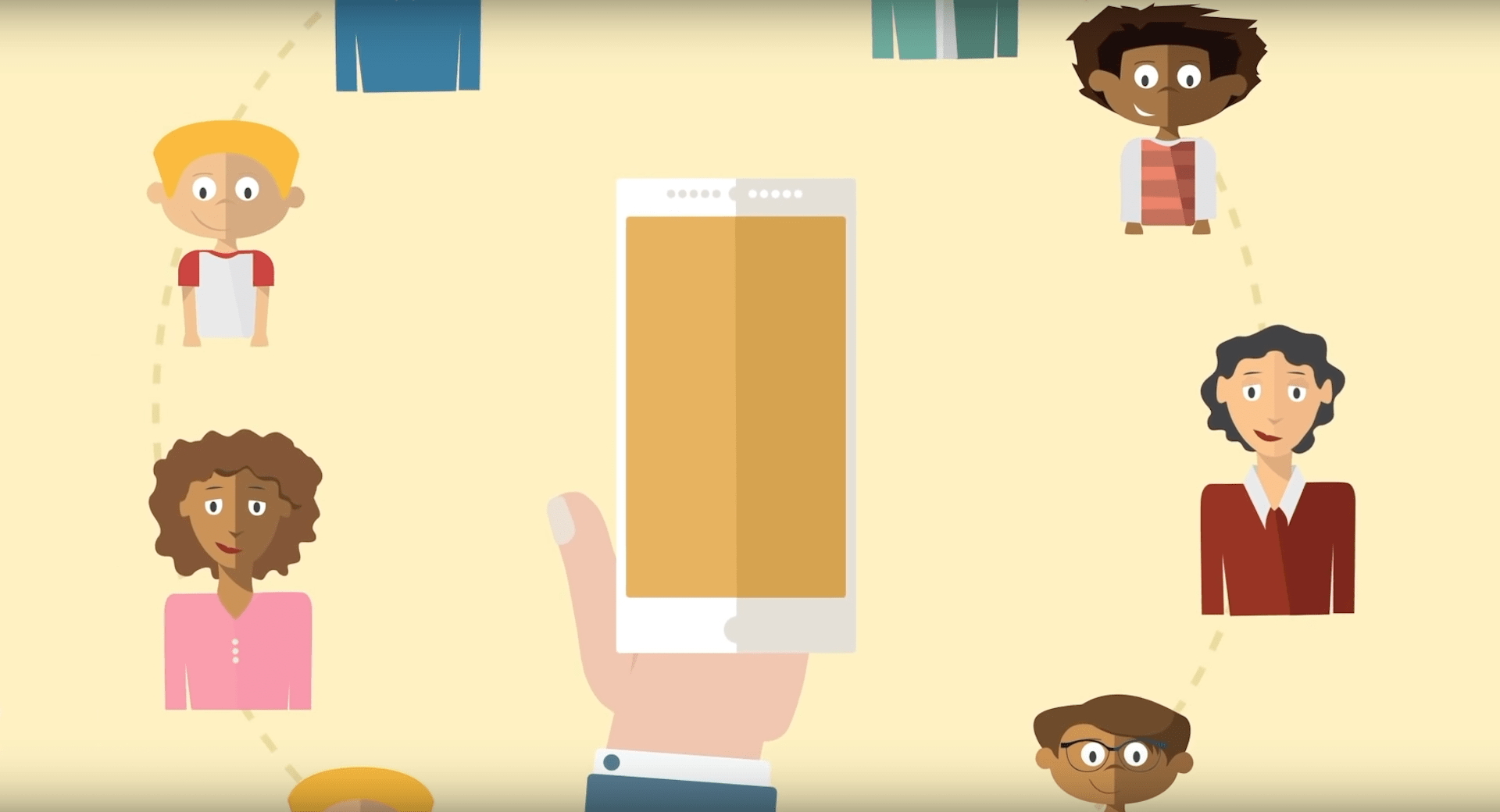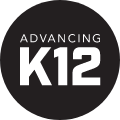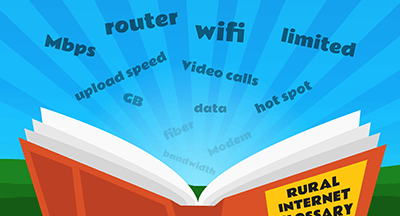
The efficiencies afforded us by technology can play a central role in a district’s mission. That’s not to say we need to overwhelm our parents, students, and employees with apps and devices, but there are plenty of things district leaders can do behind the scenes to improve the experience of those stakeholders.
How can you tell whether your district is ahead of the curve in technology adoption? Take a look at these five evolving processes:
1) Student Registration
If you’re curious about how a district manages its registration process, look no further than its public website. Whether parents are new to the district or sending kids back for another year, the last thing they want to do is stare down a pile of paperwork while worrying about when they’ll have time to drop it off at the registrar’s office. The task is equally daunting for registrars, who are holed up for days sorting, reviewing, and rerouting various documents.Online registration and enrollment aren’t novel ideas in 2022; they are a convenience parents expect and a tool any registrar will appreciate. Barbara Benzala, manager of student information systems at Fort Bend ISD in Texas, recalled her district’s first year with an online process; “[Online enrollment] allowed our campus administrative and registration staff to spend quality time with parents and students – answering questions they felt important or giving a tour of the school – by not having to focus on registration paperwork.”
Tech-friendly districts put people over paperwork, and student registration is one area where the status is easy to check for yourself.
2) Employee Onboarding
The same concepts at play in student registration can just as easily be applied to new hires in their first days with a district. Is that experience marred by release forms, HR paperwork, voided checks, and other mandatory items that need to go to a bunch of different places? Not anymore. Tech-friendly districts understand the impact of a positive first impression on job satisfaction, advocacy, and retention.Online forms and self-paced acclimation activities are the perfect complement to a traditional onboarding. Technology doesn’t take the place of a warm department and a welcoming mentor, but it can go a long way toward reducing the anxiety of a new (and sometimes first) career destination. Can forms be completed online, or do your new people need to familiarize themselves with your interoffice envelopes? Are training resources available in one easy-to-access portal, or scattered across your intranet? Do you feel the need to brace new hires for an unpleasant experience, or does your onboarding match your culture?
Tech-friendly districts use software to keep onboarding organized, accessible, and consistent across buildings and departments. Show your new hires why they made the right decision.
3) Digital Presence
You can tell a lot about a district’s future-ready culture by how it presents itself on the Internet. The public website, social channels, parent portals, and media coverage all speak to priorities, and a quick search will reveal a district brand that’s either readily apparent or disturbingly invisible. In my experience, a strong digital presence almost always reflects alignment with a culture of internal communication and proactive engagement.The skeptic might say “Our class sizes are larger than ever before and we’re cutting programs every year. We can’t afford a new website, let alone a communications professional. Social media doesn’t improve student achievement.” It’s an understandable concern, but it’s one that fails to encapsulate the proven-many-times-over value of parent involvement, high-performing teachers, and brand advocacy. Inevitably, when everyone is aware of and committed to the same vision, you will become what your community and the outside world think you are.
Tech-friendly districts understand that digital communication tools are the best way to reach their many audiences where they live. In the words of Atticus Wisener, principal at Garland High School in Texas, “I think it’s very important to be consistent and model what you want in communication with parents. It stems from a core philosophy that you serve these children and families.”
4) Administrative Workflows
Timesheets, expense reimbursements, supply orders… These are all the little things you don’t see until you join a district and start making your way through the first few months of employment. It’s been so refreshing to see the slow decline of the “that’s how we’ve always done it” business model in school offices, but it takes time to get there.Nothing is more frustrating to an employee than finding hurdles, bureaucracy, and red tape around every corner. When even the simplest requests are handled in a manner akin to Cold War-era diplomatic negotiations, people start to wonder how committed their organization is to the experience of those who work for them.
Tech-friendly districts understand the importance of modeling the innovative environment they expect to provide for their students. Internal processes and procedures can set the tone for future readiness throughout the district.
5) Teacher Professional Development
Perhaps the most accurate measure of an organization’s commitment to its people is the time and resources it dedicates to growth and development. I would encourage any aspiring teacher to ask questions about a school’s professional development culture before and during the interview process.Conferences and coursework form the traditional backbone of most P.D. programs, but there’s a new wave of options sweeping through the teaching landscape. Self-paced, online training tools are making concept mastery and technical know-how more accessible than ever. Micro-credentialing – more commonly known as digital badging – is at the heart of the most engaging, successful programs. Now, teachers can not only take control of their own professional growth, they can also build a living portfolio that will travel with them throughout their careers.
Tech-friendly districts are embracing a move away from the lecture-style conferences and development days in favor of modern learning models more aligned with the instruction teachers are being asked to deliver to their students.
The tech-friendly district is almost always the more attractive option for prospective students, families, and employees alike – not because technology should be a top priority, but because modern processes and branding are often indicative of foundational values like transparency, excellence, and accountability.
School culture is no longer an incidental result of the way you do things; it’s the driving force behind student achievement and employee performance. How advanced is yours?
If you liked this article, you may also enjoy reading Libaries: The New Epicenters of Technology. If you're ready to start looking for a better technology experience, consider these 5 Ways to Get Better RFP Results.
WHAT'S NEXT FOR YOUR EDTECH? The right combo of tools & support retains staff and serves students better. We'd love to help. Visit skyward.com/get-started to learn more.

|
Advancing K12 Staff Edtech Thought Leaders |




